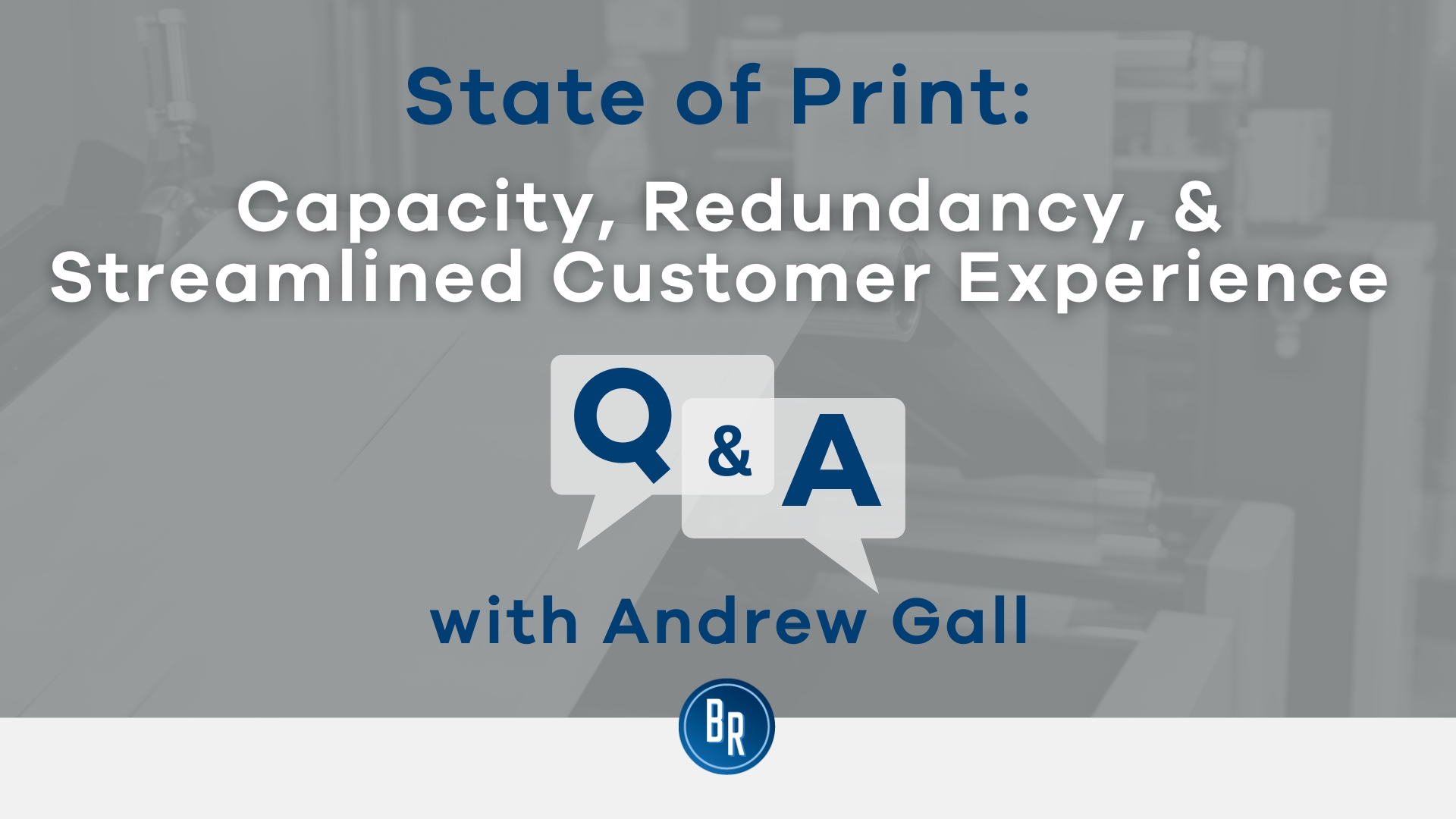What Happens to Redundancy If Company Goes Bust? An Overview to Your Rights
What Happens to Redundancy If Company Goes Bust? An Overview to Your Rights
Blog Article
Discovering the Operational Characteristics of Company Redundancy and Its Long-Term Sustainability

Redundancy Methods for Organization Continuity
In order to make certain uninterrupted procedures, services should carry out efficient redundancy approaches for company connection. Redundancy in this context describes the duplication of crucial elements or functions within a system to minimize the effect of possible failings. By integrating redundancy approaches, companies can enhance their durability versus disturbances triggered by various aspects such as all-natural disasters, devices failings, or cyber-attacks.
One usual redundancy strategy is the application of back-up systems and data storage services. This includes producing matches of necessary data and systems that can be turned on in instance of a main system failure. In addition, companies can develop redundant communication channels and power sources to keep connection and operations during unforeseen occasions.
In addition, cross-training staff members to do numerous functions within the company can work as a useful redundancy method. This guarantees that essential jobs can still be performed even if key personnel are not available as a result of ailment or other factors. Overall, effective redundancy methods are vital for businesses to promote functional connection and reduce the influence of prospective interruptions.
Effect of Redundancy on Business Durability
Provided the crucial duty redundancy approaches play in making sure organization connection, checking out the influence of redundancy on business resilience ends up being vital for understanding the all natural functional characteristics of a business. Organizational strength refers to an entity's ability to adjust to disruptions, recuperate from setbacks, and transform when required while preserving core features. Redundancy, when purposefully executed, can substantially add to boosting an organization's strength despite unanticipated difficulties. By having backup systems, employees, or procedures in location, companies can much better endure shocks and proceed procedures with minimal interruption.
In addition, redundancy can bolster worker spirits and confidence, recognizing that there are contingency strategies in position to address unanticipated scenarios. This complacency can bring about boosted efficiency and a more positive job setting. Furthermore, redundancy can promote innovation and imagination within an organization as workers really feel empowered to take calculated threats, recognizing that there is a safety and security web to sustain them in case of failure. On the whole, the effect of redundancy on organizational durability is extensive, forming the long-term sustainability and success of a business.
Stabilizing Efficiency and Versatility in Redundancy
Accomplishing a harmonious stability in between functional efficiency and adaptive adaptability is a critical challenge in the calculated deployment of redundancy within organizations. Too much adaptability without a strong operational structure can result in inefficiencies and incongruity.
To balance performance and flexibility in redundancy preparation, organizations need to thoroughly assess their operational demands, market characteristics, and strategic objectives. Executing lean techniques can boost performance by improving processes and eliminating waste, while promoting a society of adaptability and continuous enhancement can improve versatility. In addition, buying cross-training programs and robust communication channels can help cultivate a flexible workforce capable of managing varied jobs throughout periods of transition. Ultimately, finding the right stability between effectiveness and flexibility is essential for building a durable and sustainable organization when faced with uncertainty.
Long-Term Sustainability Via Redundancy Planning
To make certain long-lasting stability and security, organizations have to tactically align their redundancy preparation with long-lasting sustainability goals, therefore harmonizing operational performance with flexible flexibility. Long-lasting sustainability through redundancy planning includes even more than just short-term cost-cutting steps. It calls for a thorough critical method that prepares for future obstacles and opportunities. Firms should check out redundancy not as a reactive option to immediate troubles yet as a proactive approach for lasting success. By incorporating redundancy planning with sustainability objectives, companies can produce a resistant framework that can hold up against various market variations and interior changes.
Proactive Procedures for Sustainable Business Workflow
Exactly how can firms proactively improve their functional sustainability for lasting success? Carrying out aggressive steps is essential for business intending to make sure sustainable operations. One vital method is to spend in modern technology and innovation to enhance procedures, lower waste, and remain affordable in the market. Taking on sustainable techniques such as reducing energy consumption, minimizing carbon impact, and optimizing resource usage can not just benefit the environment however also lead to set you back savings over time.
Furthermore, promoting a society of constant enhancement and discovering within the company can improve flexibility to changing market problems and customer needs. Motivating employee involvement in decision-making procedures and offering opportunities for expert advancement can boost morale, productivity, and general efficiency. Developing clear objectives, keeping an eye on crucial performance indicators, and on a regular basis examining progress are essential elements of proactive sustainability monitoring.
Collaborating with suppliers, consumers, and various other stakeholders to advertise sustainable practices throughout the supply chain can create a causal sequence of favorable redundancy pay if company goes bust effect - redundancy pay if company goes bust. By taking positive steps in the direction of operational sustainability, business can build durability, drive innovation, and secure their long-lasting success in an ever-evolving organization landscape
Conclusion

In the realm of business monitoring, the calculated deployment of business redundancy stands as a critical yet complex technique that requires a delicate equilibrium between functional efficiency and long-term viability. By dissecting the functional dynamics that underpin firm redundancy and assessing its more comprehensive effects for business strength and adaptability, a nuanced understanding of just how redundancy strategies can shape the future trajectory of a company begins to unravel.Given the crucial duty redundancy methods play in ensuring company connection, exploring the effect of redundancy on business durability ends up being vital for comprehending the all natural operational dynamics of a company. In general, the impact of redundancy on business strength is profound, shaping the long-lasting sustainability and success of a company.
In verdict, comprehending the functional characteristics of firm redundancy is important for ensuring long-term sustainability.
Report this page